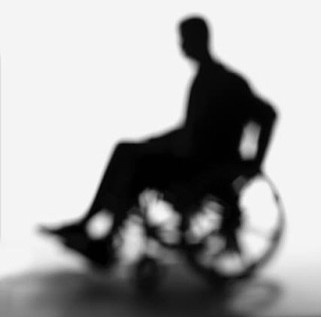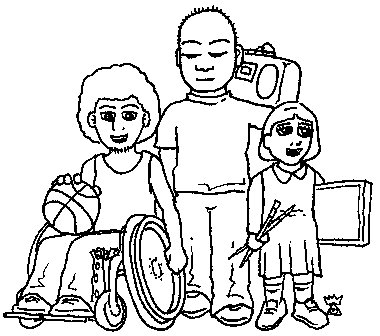
I also went to see the movie Winter’s Bone at SIFF. This movie was very interesting and different at the same time. This movie was about a girl name Ree who has to find her father before their family’s house is taken away because her father put the house on his bail from jail. However, she soons finds out that her father has been murdered, and so she now has to prove that he missed court because he is dead. But she needs to find his body in order to prove this.
Class was shown through this movie by showing that the family was suffering for food, and not able to feed their horses. Portraying that they were in the lower class. One of the horses had not eaten for 4 days, so she asked her neighbor if she took acre for her horse. Class was also shown through the cars. Ree stated something about the bounty hunter not being from her “neck of the woods” because he had a nice car. Her neighbors also offered to raise up her little brother and sister since she was the only one there to raise them since her father was gone and her mother never spoke. Class was also shown in the way they talked. Lower class was shown through their incorrect English throughout the movie. For example they said “ain’t” instead of do not or don’t.
Sexism was shown through the movie when Ree was looking for her father and the lady that she asked if she knew where he was said, “Ain’t you got a man to do this for you.” Showing that Ree looking for her father was not something that they believed a woman should be doing.

Throughout this movie, I noticed an issue about race. I noticed that there were only white people involved. Not once was there a person of a different race other than white shown. Therefore, this movie would not pass the race bechdel tect. It does pass the regular bechdel test though.
I would recommend going to see this movie. Even though there are only white people involved, I thought that, overall, the movie had a good message, and showed how perseverance can help you succeed. It also shows that even though they did not have a lot, due to their class status, they were not willing to lose it, and that Ree was willing to fight for what she had.













